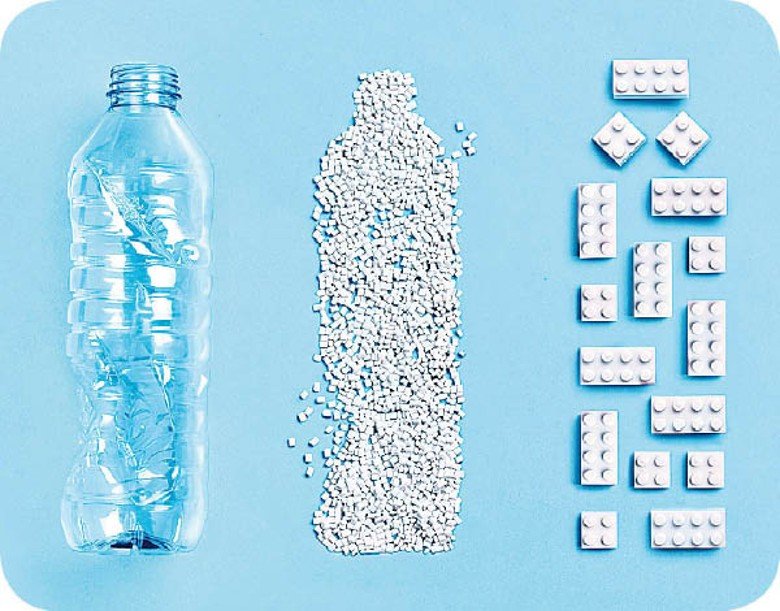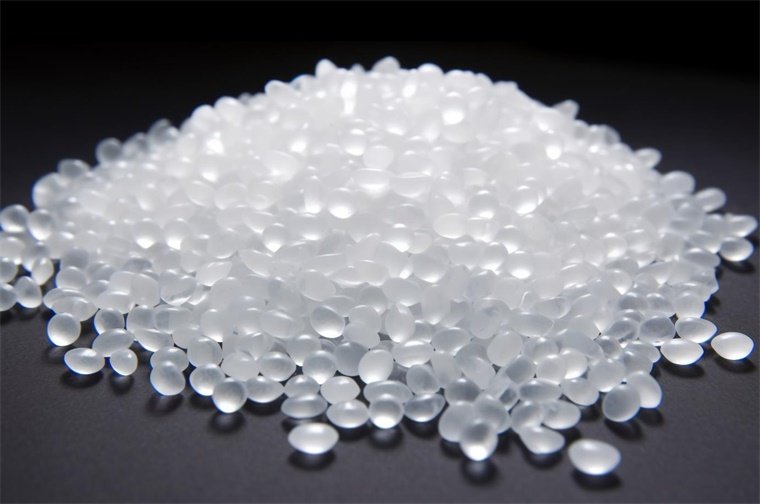Introduction
Definition of plastic pelletizing
Plastic pelletizing refers to the process of converting plastic waste into small, uniform pellets or granules that can be used as raw material in the manufacturing of new plastic products. This process typically involves sorting, cleaning, melting, shaping, and cooling the plastic waste to create pellets of standardized size and composition.
Highlighting the environmental and health impacts of plastic waste
Plastic waste poses a significant threat to the environment and human health. When not properly managed, plastic waste accumulates in landfills, pollutes waterways, and contaminates soil. Marine ecosystems, in particular, suffer greatly from plastic pollution, with marine animals ingesting or becoming entangled in plastic debris. Microplastics, resulting from the breakdown of larger plastic items, have been found in various environments, including the air we breathe, the water we drink, and the food we eat, raising concerns about their potential health effects on humans and wildlife.
Significance of plastic pelletizing in addressing the plastic waste problem
Plastic pelletizing plays a crucial role in mitigating the environmental and health impacts of plastic waste by facilitating its recycling and reuse. By converting plastic waste into pellets, this process enables the efficient reintegration of recycled plastics into the production cycle, reducing the need for virgin plastic materials. This, in turn, conserves natural resources, minimizes energy consumption, and decreases greenhouse gas emissions associated with plastic production. Additionally, plastic pelletizing helps divert plastic waste from landfills and incinerators, thereby reducing the pressure on waste management systems and mitigating the risk of environmental contamination. Furthermore, by closing the loop on plastic waste and promoting a circular economy approach, plastic pelletizing contributes to the sustainable management of resources and the preservation of ecosystems for future generations.

Process of Plastic Pelletizing
Raw Material Preparation
- Sorting and screening of plastic waste
- Plastic waste comes in various forms and compositions, making sorting and screening essential steps in the pelletizing process.
- Different types of plastics must be separated to ensure uniformity in the final pellets.
- Screening helps remove contaminants such as dirt, debris, and non-plastic materials from the waste stream.
- Cleaning and pre-processing
- Once sorted, the plastic waste undergoes cleaning to remove any remaining impurities, such as labels, adhesives, or residual liquids.
- Pre-processing may involve shredding or chopping the plastic waste into smaller pieces to facilitate melting and extrusion.
- Depending on the quality of the plastic waste and its intended application, additional treatments like drying or compounding may be necessary to improve the material’s properties.
Melting and Extrusion
- Heating and melting
- The cleaned and pre-processed plastic waste is fed into a melting unit, where it is subjected to heat to soften and melt.
- Heating temperatures vary depending on the type of plastic being processed, typically ranging from 150°C to 300°C.
- The melted plastic becomes viscous and pliable, ready for the next stage of the pelletizing process.
- Extrusion molding
- The molten plastic is forced through a die or mold under pressure to shape it into continuous strands or sheets.
- Extrusion molding allows for the formation of uniform-sized pellets with consistent properties.
- Depending on the desired pellet shape and size, different extrusion techniques such as strand pelletizing or underwater pelletizing may be employed.
Pelletizing and Cooling
- Cutting and pellet formation
- The continuous strands or sheets of molten plastic exiting the extruder are cut into uniform lengths to form individual pellets.
- Pellet size and shape can be controlled by adjusting the cutting mechanism and die design.
- Some pelletizing systems may include additional shaping or rounding processes to improve pellet quality and uniformity.
- Cooling and solidification
- Newly formed pellets are immediately cooled to solidify and stabilize their shape and structure.
- Cooling may be achieved using air, water, or a combination of both, depending on the specific requirements of the plastic material and pelletizing equipment.
- Rapid cooling helps prevent deformation or agglomeration of the pellets and ensures their uniformity and consistency.

Development and Applications of Plastic Pelletizing Technology
Traditional Pelletizing Techniques
- Melt extrusion pelletizing
- Melt extrusion pelletizing is one of the most common methods used in plastic pelletizing. It involves melting plastic materials and forcing them through a die to form continuous strands, which are then cut into uniform pellets.
- This technique is suitable for a wide range of thermoplastic materials and allows for high production rates and consistent pellet quality.
- Melt extrusion pelletizing is widely used in industries such as packaging, automotive, construction, and consumer goods manufacturing.
- Wet pelletizing
- Wet pelletizing involves mixing molten plastic with a liquid cooling medium, such as water or a solvent, to form droplets or granules, which are then solidified through cooling and drying.
- This technique is particularly useful for heat-sensitive plastics or materials with high viscosity that may not be suitable for traditional melt extrusion pelletizing.
- Wet pelletizing is often used in the production of specialty plastics, pharmaceuticals, and agricultural products.
Emerging Pelletizing Technologies
- Chemical recycling pelletizing
- Chemical recycling pelletizing utilizes chemical processes to break down plastic waste into its constituent molecules, which can then be used to produce new plastic materials or other chemicals.
- This technology offers the potential to recycle plastics that are difficult to process through mechanical recycling methods, such as mixed or contaminated plastics.
- Chemical recycling pelletizing is still in the early stages of development but shows promise for addressing plastic waste challenges and reducing reliance on fossil fuels for plastic production.
- Biodegradable pelletizing
- Biodegradable pelletizing involves the production of pellets from biodegradable polymers derived from renewable resources such as plant starches, cellulose, or microbial sources.
- These biodegradable pellets can degrade naturally in the environment, reducing the accumulation of plastic waste and its associated environmental impacts.
- Biodegradable pelletizing is gaining traction in industries seeking more sustainable alternatives to conventional plastics, such as food packaging, agriculture, and medical applications.
Applications and Market Trends
- Plastic recycling utilization
- The increasing awareness of environmental issues and regulatory pressure has led to growing demand for recycled plastic materials.
- Recycled plastic pellets find applications in a wide range of industries, including packaging, construction, automotive, and consumer goods manufacturing.
- Market trends indicate a shift towards closed-loop recycling systems and the development of innovative products made from recycled plastics to meet sustainability goals and consumer preferences.
- Sustainable development demands
- With the rising emphasis on sustainable development and circular economy principles, there is a growing demand for plastic pelletizing technologies that minimize environmental impact and maximize resource efficiency.
- Companies are increasingly investing in research and development to improve the efficiency and sustainability of plastic pelletizing processes, as well as exploring new applications for recycled and biodegradable plastics.
- Market trends suggest that sustainable plastic pelletizing technologies will play a crucial role in shaping the future of the plastics industry, meeting the demands of both consumers and regulators for more environmentally friendly solutions.
Challenges and Solutions in Plastic Pelletizing
Technical Challenges
- Diversity of plastic types:
- Challenge: The wide variety of plastic types, each with different melting points, viscosities, and processing requirements, complicates the plastic pelletizing process.
- Solution: Advanced sorting and identification technologies, such as near-infrared (NIR) spectroscopy and automated sorting systems, help streamline the sorting process and separate plastics more effectively. Additionally, research into multi-material compatibility and adaptive processing techniques enables the processing of diverse plastic streams.
- Energy consumption and cost control:
- Challenge: Plastic pelletizing processes often require high energy inputs for melting, extrusion, and cooling, leading to increased production costs and environmental impacts.
- Solution: Implementation of energy-efficient equipment and process optimization strategies, such as heat recovery systems, variable speed drives, and improved insulation, help reduce energy consumption and operational costs. Furthermore, innovations in recycling technologies, such as modular and decentralized pelletizing systems, enable more cost-effective and resource-efficient plastic pellet production.
Environmental and Health Issues
- Pollution control and waste management:
- Challenge: Inadequate pollution control measures and improper waste management practices can result in environmental contamination from plastic pelletizing operations.
- Solution: Implementation of comprehensive pollution prevention and control measures, including proper containment and treatment of process wastewater, air emissions control, and solid waste management, helps mitigate environmental impacts. Adoption of best practices in waste reduction, recycling, and disposal ensures the responsible management of plastic pelletizing waste streams.
- Chemical release and safety concerns:
- Challenge: During plastic pelletizing, the release of hazardous chemicals and emissions poses risks to worker safety and environmental health.
- Solution: Implementation of stringent safety protocols, worker training programs, and exposure monitoring measures minimizes the risks associated with chemical exposure. Additionally, advancements in polymer additives and processing aids, such as non-toxic lubricants and flame retardants, reduce the use of harmful chemicals in plastic pellet production, enhancing safety and sustainability.
Solutions and Innovative Developments
- Circular economy and resource recovery:
- Solution: Embracing a circular economy approach to plastic pelletizing promotes the closed-loop recycling of plastic materials, maximizing resource recovery and minimizing waste generation. Integration of recycling infrastructure, extended producer responsibility schemes, and eco-design principles fosters the development of sustainable value chains and promotes the circularity of plastics.
- Technological innovation and collaborative efforts:
- Solution: Continued investment in research and development drives technological innovation in plastic pelletizing, leading to the development of more efficient, cost-effective, and sustainable processes and materials. Collaboration among stakeholders, including governments, industry players, research institutions, and NGOs, facilitates knowledge sharing, technology transfer, and collective action towards addressing the challenges of plastic pelletizing and advancing sustainable solutions.









